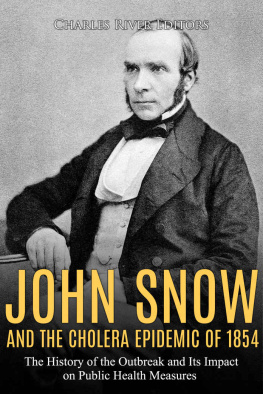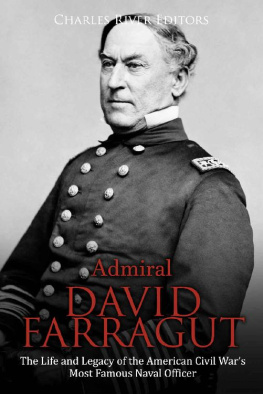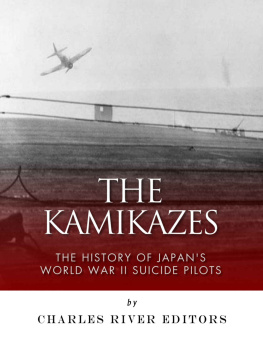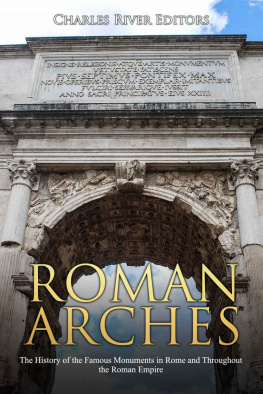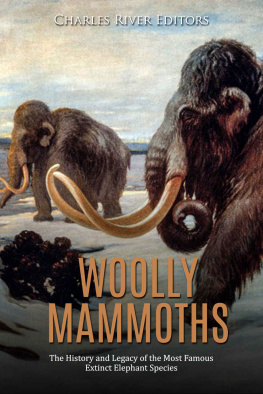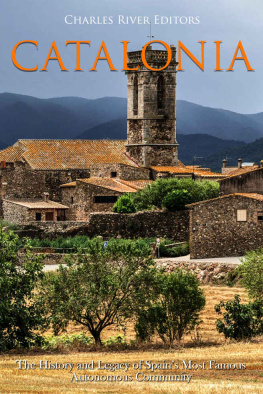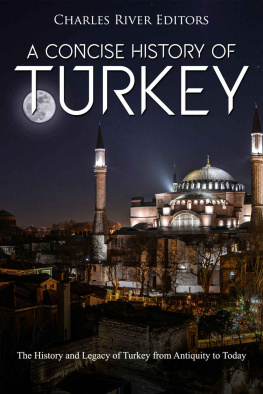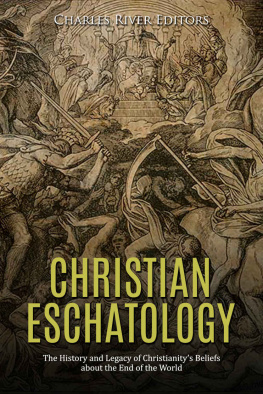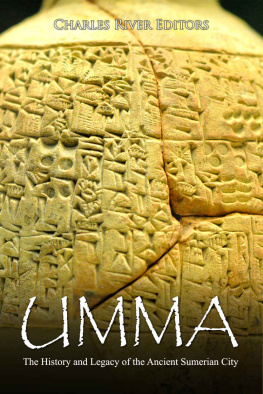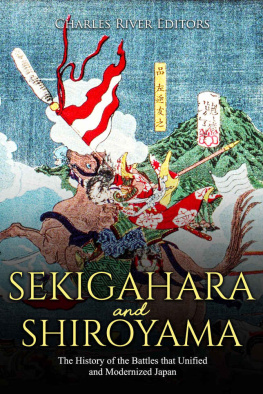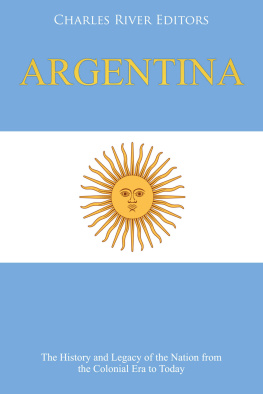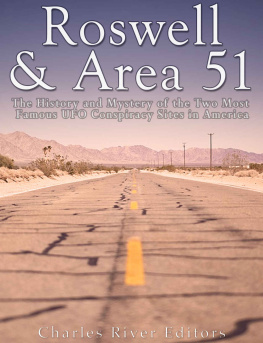Charles River Editors - John Snow and the Cholera Epidemic of 1854: The History of the Outbreak and Its Impact on Public Health Measures
Here you can read online Charles River Editors - John Snow and the Cholera Epidemic of 1854: The History of the Outbreak and Its Impact on Public Health Measures full text of the book (entire story) in english for free. Download pdf and epub, get meaning, cover and reviews about this ebook. year: 2020, publisher: Charles River Editors, genre: Detective and thriller. Description of the work, (preface) as well as reviews are available. Best literature library LitArk.com created for fans of good reading and offers a wide selection of genres:
Romance novel
Science fiction
Adventure
Detective
Science
History
Home and family
Prose
Art
Politics
Computer
Non-fiction
Religion
Business
Children
Humor
Choose a favorite category and find really read worthwhile books. Enjoy immersion in the world of imagination, feel the emotions of the characters or learn something new for yourself, make an fascinating discovery.
- Book:John Snow and the Cholera Epidemic of 1854: The History of the Outbreak and Its Impact on Public Health Measures
- Author:
- Publisher:Charles River Editors
- Genre:
- Year:2020
- Rating:4 / 5
- Favourites:Add to favourites
- Your mark:
- 80
- 1
- 2
- 3
- 4
- 5
John Snow and the Cholera Epidemic of 1854: The History of the Outbreak and Its Impact on Public Health Measures: summary, description and annotation
We offer to read an annotation, description, summary or preface (depends on what the author of the book "John Snow and the Cholera Epidemic of 1854: The History of the Outbreak and Its Impact on Public Health Measures" wrote himself). If you haven't found the necessary information about the book — write in the comments, we will try to find it.
John Snow and the Cholera Epidemic of 1854: The History of the Outbreak and Its Impact on Public Health Measures — read online for free the complete book (whole text) full work
Below is the text of the book, divided by pages. System saving the place of the last page read, allows you to conveniently read the book "John Snow and the Cholera Epidemic of 1854: The History of the Outbreak and Its Impact on Public Health Measures" online for free, without having to search again every time where you left off. Put a bookmark, and you can go to the page where you finished reading at any time.
Font size:
Interval:
Bookmark:
By Charles River Editors

A Punch magazine cartoon about the outbreak

Charles River Editors provides superior editing and original writing services across the digital publishing industry, with the expertise to create digital content for publishers across a vast range of subject matter. In addition to providing original digital content for third party publishers, we also republish civilizations greatest literary works, bringing them to new generations of readers via ebooks.
Sign up here to receive updates about free books as we publish them , and visit Our Kindle Author Page to browse todays free promotions and our most recently published Kindle titles.
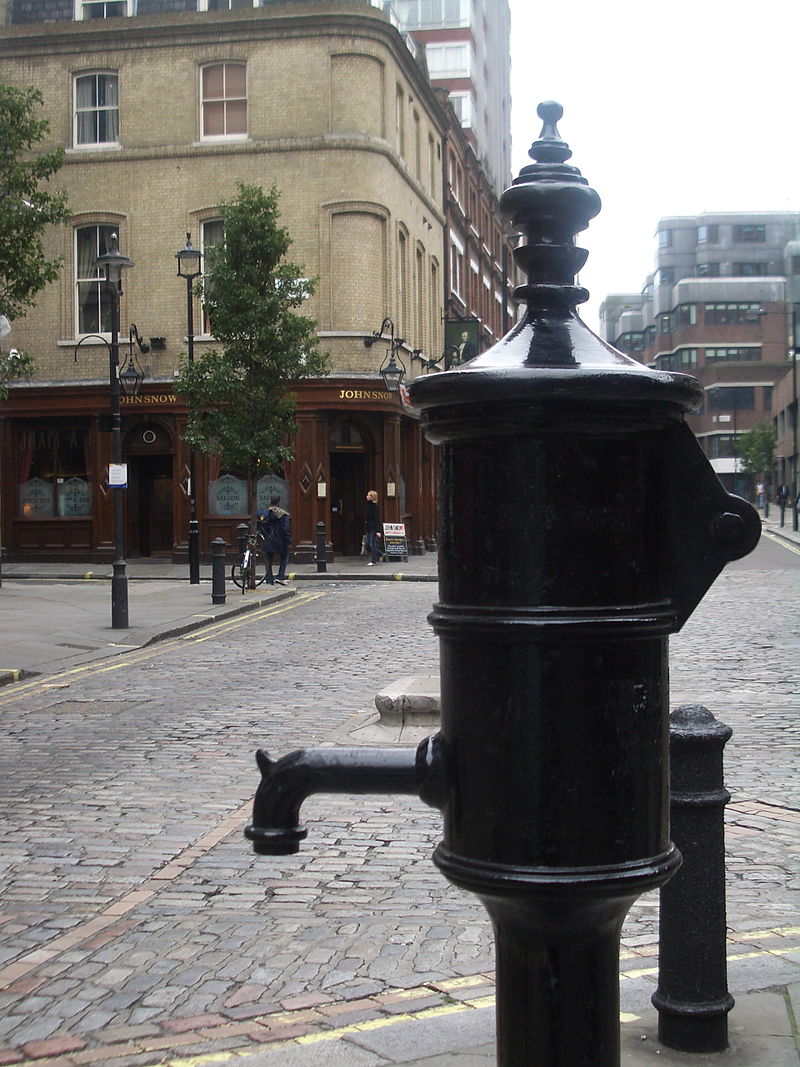
A picture of the John Snow memorial in London
In many cases a single house has a supply different from that on either side. Each company supplies both rich and poor, both large houses and small; there is no difference in the condition or occupation of the persons receiving the water of the different companies...As there is no difference whatever either in the houses or the people receiving the supply of the two Water Companies, or in any of the physical conditions with which they are surrounded, it is obvious that no experiment could have been devised which would more thoroughly test the effect of water supply on the progress of Cholera than this, which circumstances placed ready made before the observer. The experiment too, was on the grandest scale. No fewer than three hundred thousand people of both sexes, of every age and occupation, and of every rank and station, from gentlefolks down to the very poor, were divided into two groups without their choice, and, in most cases, without their knowledge; one group being supplied water containing the sewage of London, and amongst it, whatever might have come from the cholera patients, the other group having water quite free from such impurity. John Snow
Plague and pestilence have both fascinated and terrified humanity from the very beginning. Societies and individuals have struggled to make sense of them, and more importantly theyve often struggled to avoid them. Before the scientific age, people had no knowledge of the microbiological agents unseen bacteria and viruses which afflicted them, and thus the maladies were often ascribed to wrathful supernatural forces. Even when advances in knowledge posited natural causes for epidemics and pandemics, medicine struggled to deal with them, and for hundreds of years religion continued to work hand-in-hand with medicine.
Inevitably, that meant physicians tried a variety of practices to cure the sick, and many of them seem quite odd by modern standards. By the time Rome was on the rise, physicians understood that contagions arose and spread, but according to Galen, Hippocrates, and other Greco-Roman authorities, pestilence was caused by miasma , foul air produced by the decomposition of organic matter. Though modern scientists have since been able to disprove this, on the face of it there was some logic to the idea. Physicians and philosophers (they were very often the same, Galen being an example) noticed that disease arose in areas of poor sanitation, where filth and rotting matter was prevalent and not disposed of, and the basic measures to prevent disease waste removal, provision of clean food and water and quarantining - would have been obvious to them. The scenting of miasmic air with incense and other unguents to expel the foulness would also have thus made sense, though people now know that cant stop the spread of a disease.
Even today, potent and adaptive pathogens can leave a wake of high mortality throughout major continents, and recent generations have felt powerless to prevent the onslaught when unfamiliar bacterial or viral populations reach a tipping point and find an opportunity for an incursion into human society. For centuries, the evolution of medical science failed to break through on the microscopic and molecular level to gain insights into the prevention and cure of a specific set of afflictions. These mysterious entities have accompanied people from the beginning, and societies both anticipated and dreaded their unscheduled return. In the mid-19 th century, the barrier to understanding the mechanics of such attacks was the failure to pinpoint the vehicles by which the worlds preeminent diseases are conveyed to the human race.
In the case of cholera, once among the most dreaded diseases, a breakthrough in Victorian England occurred in the mid-19 th century during one of several epidemics to assault the island. In that instance, an unassuming physician named John Snow was able to trace the environmental component in which cholera was carried. He accomplished this in large part through a painstaking map cross-referencing location and specific cases of infection within a small area of London. Eventually, he narrowed the source down to a single manual water pump in the midst of the poverty-stricken neighborhood of Soho.
An extensive early education provided by the first outbreak sent him on a contrarians path in analyzing the dreaded disease. He was not blessed with the pedigree of an aristocratic family or the attendant gifts required for a young man of social substance to seek a high-level formal education. Nevertheless, he rose to be recognized not only as the worlds leading anesthetist, but also as the practitioner who proved that the cholera outbreaks in Britain were the result of polluted water. Today, he is addressed as the Father of Epidemiology, defined by Webster as a medical science that deals with the incidence, distribution, and control of disease in a population.
At the time, however, in the face of resistance launched by more powerful and pedigreed members of the medical profession, Snow was rewarded with criticism for not successfully revealing the entirety of the diseases inner mechanics. It was only over the course of several decades that Snow was able to persuade the medical community at large of the diseases source, and the British successfully established policies that helped prevent future outbreaks. Ironically, Snow eventually gained membership in Britains high circle of elite medical practitioners, but it was not his work on cholera that initially propelled him to global fame. Ultimately, it was his pioneering work in the new field of anesthesiology, largely unknown to Britain, that earned the applause of contemporaries.
John Snow and the Cholera Epidemic of 1854: The History of the Outbreak and Its Impact on Public Health Measures examines the deadly outbreak and Snows groundbreaking findings. Along with pictures depicting important people, places, and events, you will learn about the cholera outbreak like never before.
The earliest record of any kind of systematized healthcare dates to ancient Mesopotamia and the Sumerian and Babylonian civilizations. For these, healing was in the gift of the gods and physicians operated as their instruments. The goddess Gula (the great physician) presided over medicine for the ancient Sumerians.
For the ancient Egyptians who took up the mantle of Mesopotamian physicians, medicine channelled the power of the gods. It is often noted that ancient Egyptian medicine was advanced for its time and more enlightened in many respects than that of the Middle Ages. Egyptian physicians were aware of the importance of diet; they employed medicines, had a fairly good (though not complete) knowledge of human anatomy, recognized the healing properties of massage and aromatherapy, and performed surgery, including trepanning. A major source of medical knowledge was the practice of embalming and mummification of bodies in preparation for the afterlife, which was performed by priests. Thus, ancient Egyptian priests were also physicians.
Font size:
Interval:
Bookmark:
Similar books «John Snow and the Cholera Epidemic of 1854: The History of the Outbreak and Its Impact on Public Health Measures»
Look at similar books to John Snow and the Cholera Epidemic of 1854: The History of the Outbreak and Its Impact on Public Health Measures. We have selected literature similar in name and meaning in the hope of providing readers with more options to find new, interesting, not yet read works.
Discussion, reviews of the book John Snow and the Cholera Epidemic of 1854: The History of the Outbreak and Its Impact on Public Health Measures and just readers' own opinions. Leave your comments, write what you think about the work, its meaning or the main characters. Specify what exactly you liked and what you didn't like, and why you think so.

